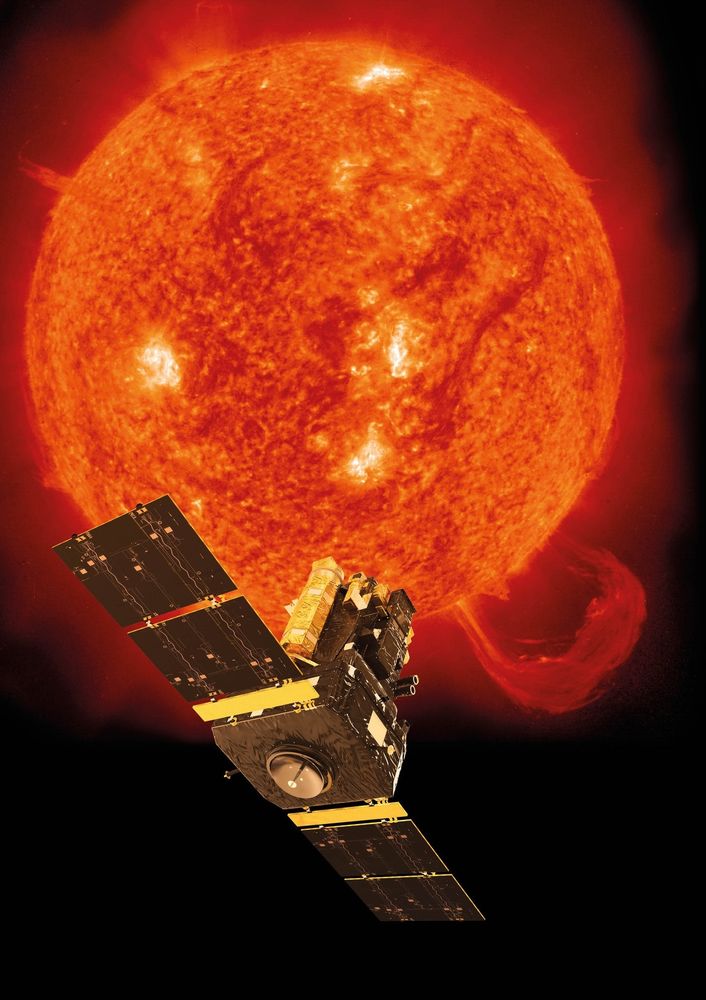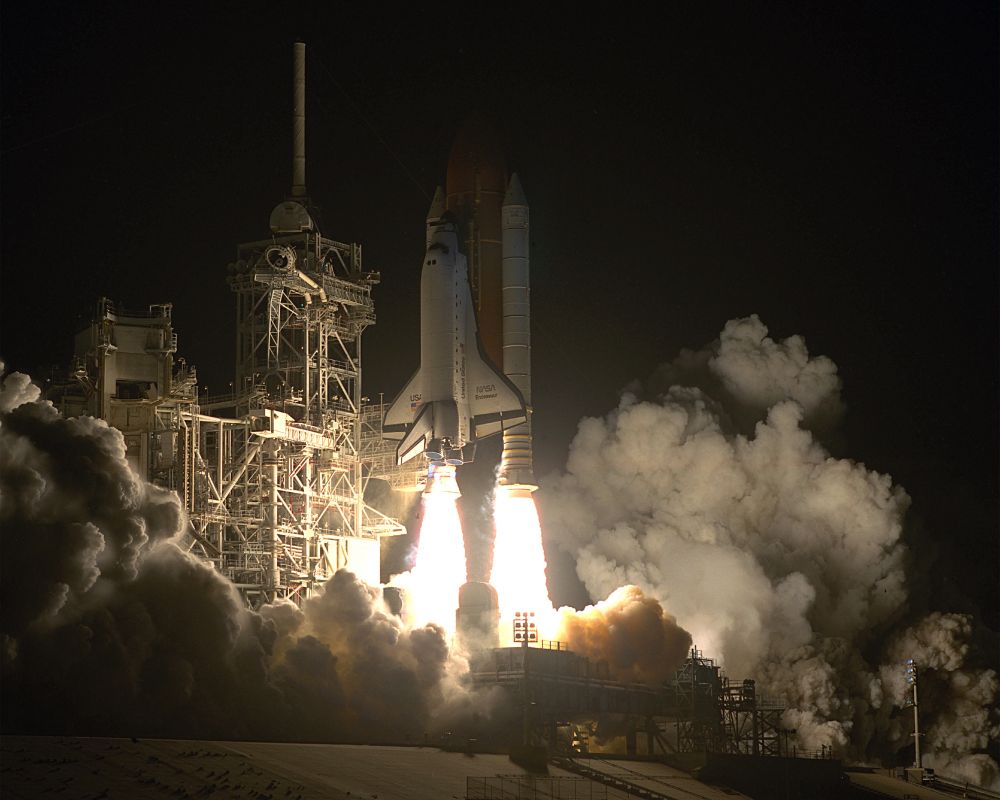My Blog: https://beyondearthsky.blogspot.com



#SciArt #blender

#SciArt #blender






www.markgarlick.com
I have this retro travel advert of Proxima Centauri hanging on my bathroom wall.

www.markgarlick.com
I have this retro travel advert of Proxima Centauri hanging on my bathroom wall.
Proxima is the nearest star to the Sun. It is a red dwarf, 1/5 the size of our Sun and 20,000 times dimmer. Here we see it seen from the surface of one of its planets. To the left one can also make out Alpha Centauri, which is a binary star with two Sun-like components.

Proxima is the nearest star to the Sun. It is a red dwarf, 1/5 the size of our Sun and 20,000 times dimmer. Here we see it seen from the surface of one of its planets. To the left one can also make out Alpha Centauri, which is a binary star with two Sun-like components.
www.esa.int/Science_Expl...
@science.esa.int @americaspace.bsky.social


www.esa.int/Science_Expl...
@science.esa.int @americaspace.bsky.social
@science.esa.int @exploration.esa.int @stsci.edu
en.wikipedia.org/wiki/STS-61 #SpaceHistory



@science.esa.int @exploration.esa.int @stsci.edu
en.wikipedia.org/wiki/STS-61 #SpaceHistory
#OTD in 2020, Chang'e 5 landed in Oceanus Procellarum. The spacecraft collected 1.7 kg of lunar soil and returned to Earth on Dec. 16.








beyondearthsky.blogspot.com/2025/11/and-...


beyondearthsky.blogspot.com/2025/11/and-...


beyondearthsky.blogspot.com/2025/11/doub...

beyondearthsky.blogspot.com/2025/11/doub...











